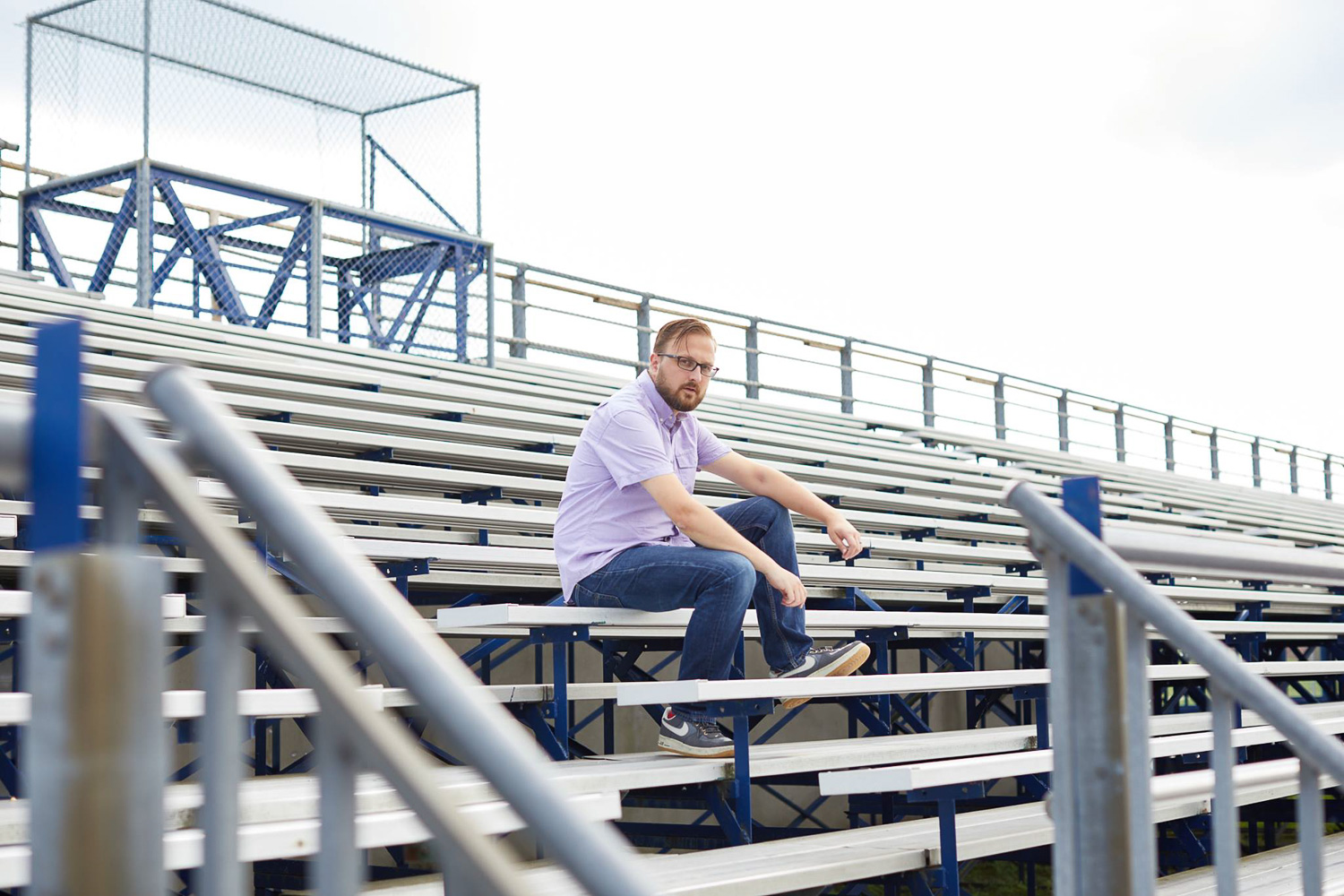
How I Went From Taking Photos Of Nothing To Award-Winning Architecture & Interior Photos
Unlike a lot of photographers with a clear vision of their style and a desire to specifically shoot a certain kind of subject, I’ve been very happy to just get paid to take photos. Seriously, it’s the best job in the world and the happiest I’ve ever been. That said, I also don’t just take anything that’s thrown at me. I’ve worked at my craft and developed my business over the years to work specifically in a commercial and corporate photography field. I mostly deal with other businesses and, I think, I’m good at it.
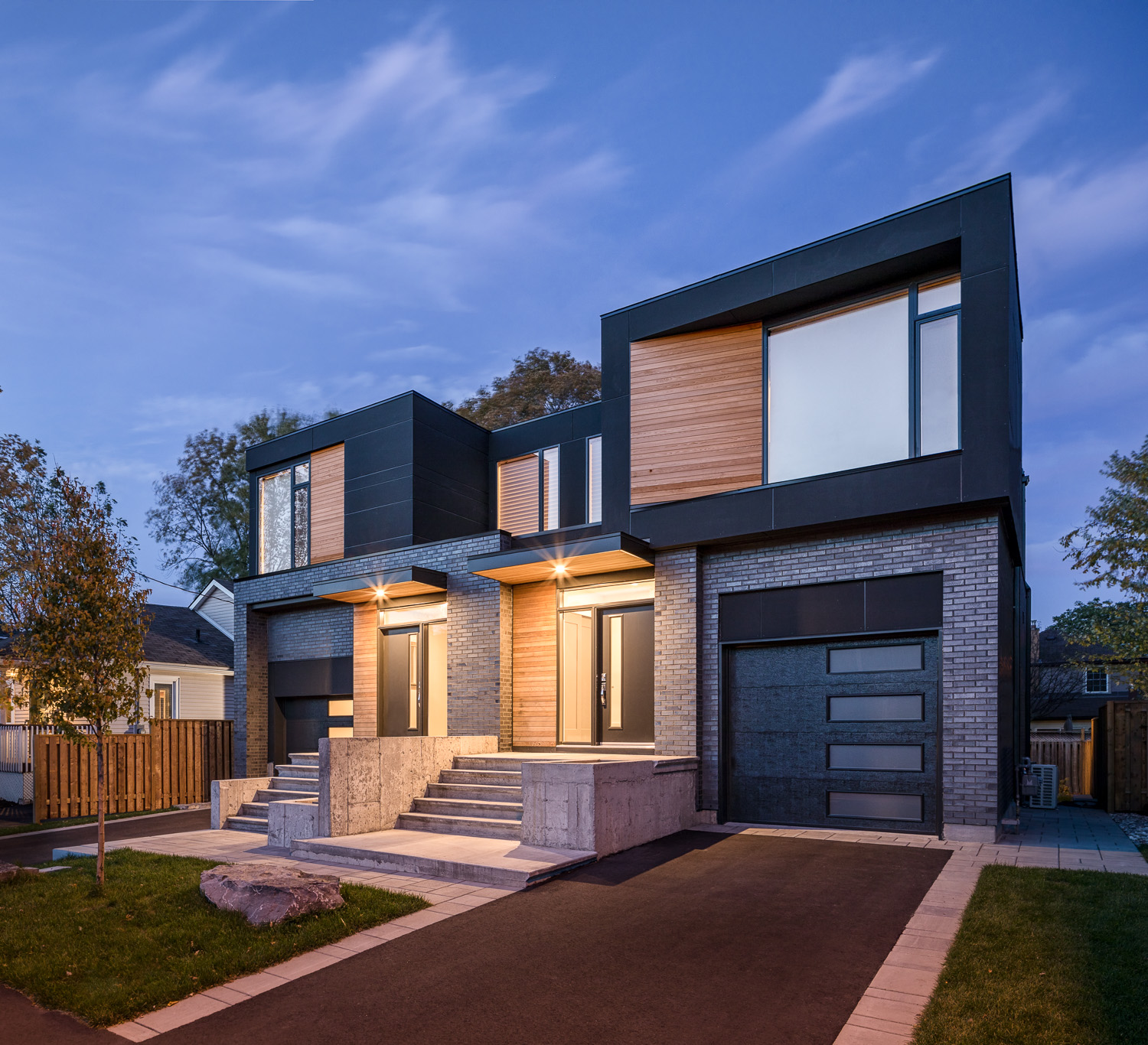
I didn’t go to school for photography. I bought my first SLR just to take random photos of flowers, the ground, and my friends. I was soon asked to start taking photos FOR people, and that was how I started, way back, photography as a vocation. For the first several years it was events, headshots, a bit of editorial and almost anything anyone threw at me. A builder saw some of my landscape work and thought I might be good at interiors. I enjoyed shooting and was happy to take the work that was presented to me. I trimmed my portfolio down to the kind of work I was getting the most of: Commercial and corporate.
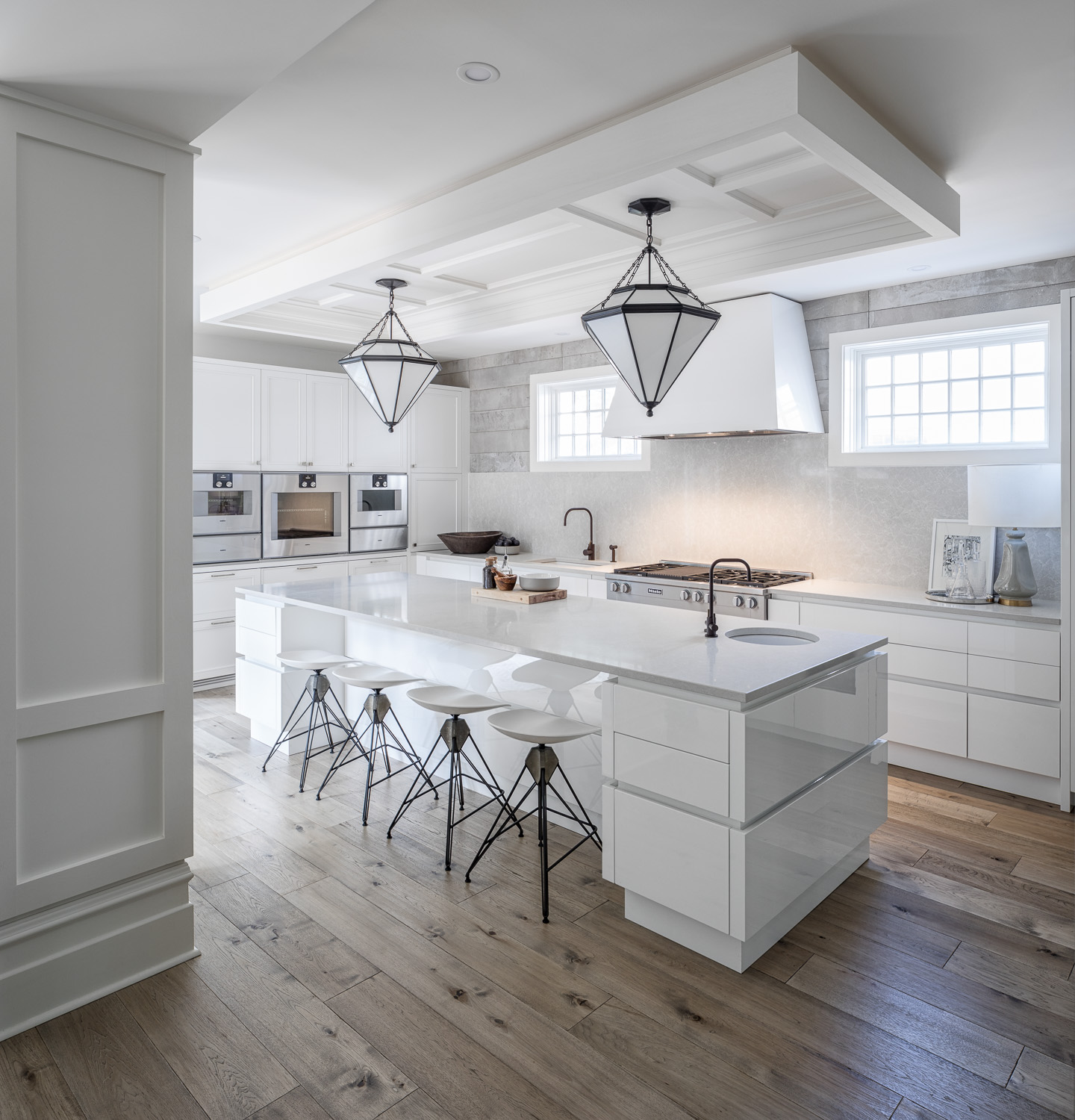
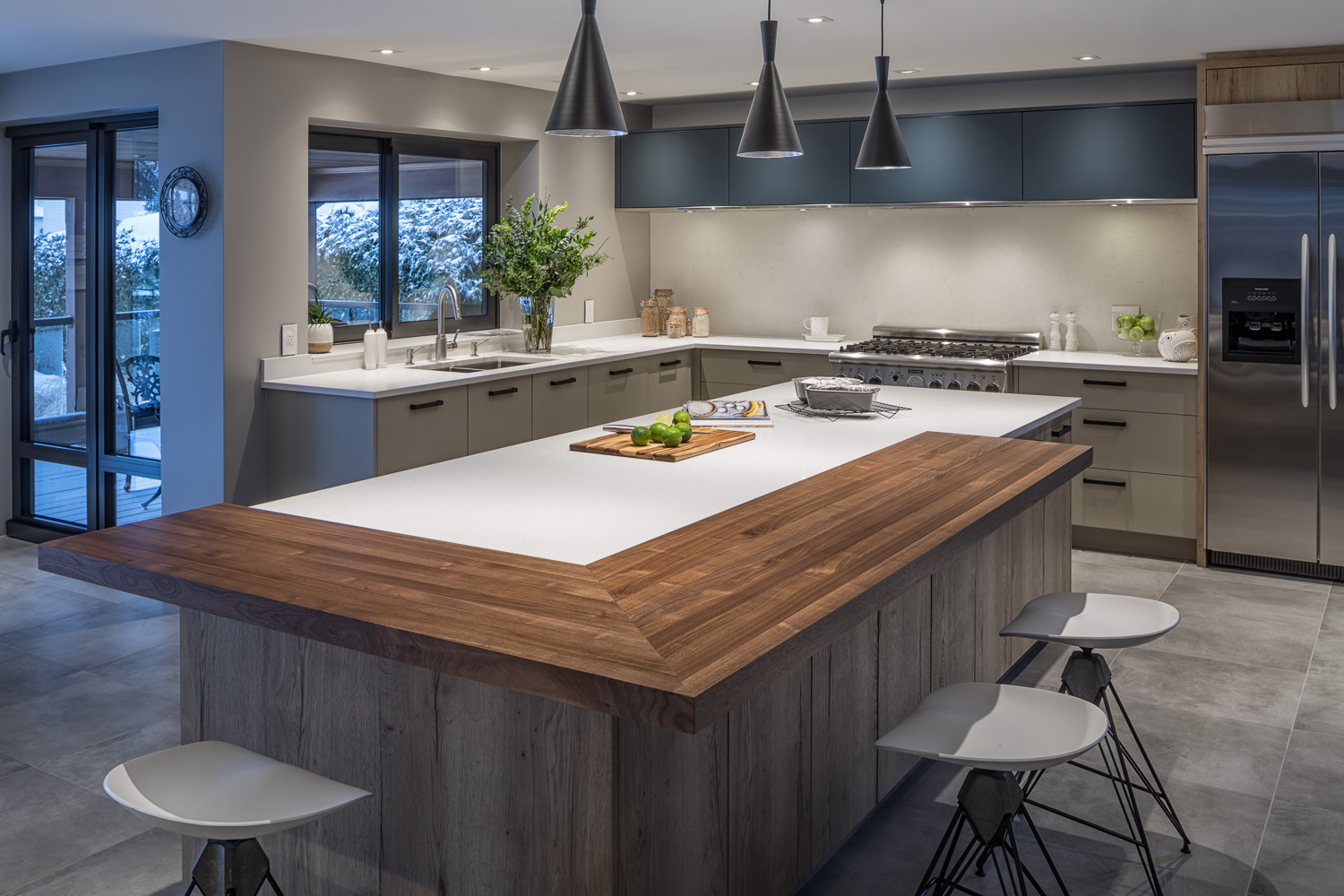
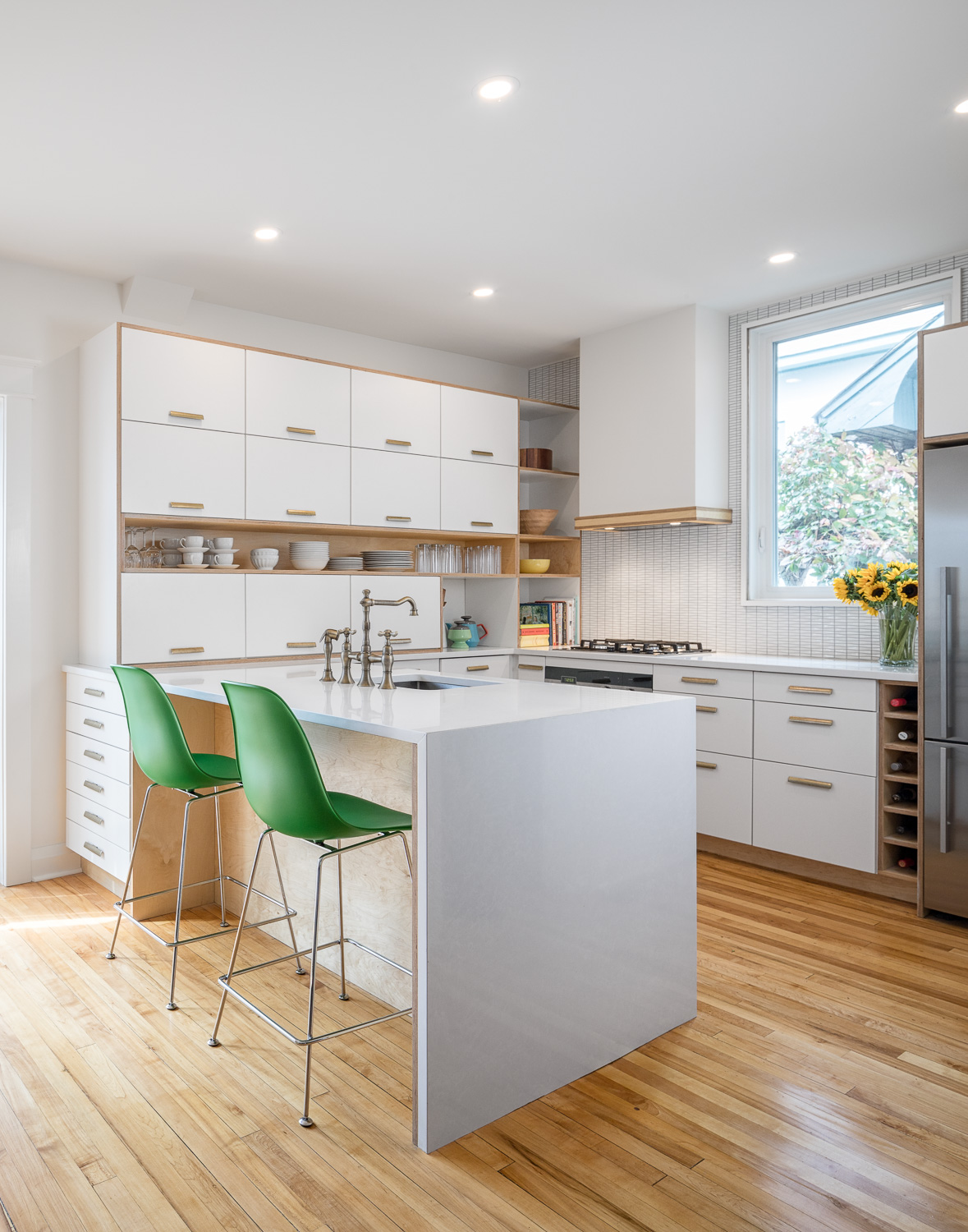

Interiors
Focusing my work had the benefit of getting me more of it. Photographers always tell you to show what you want to shoot, but I found it difficult to let go of the “everything” mentality since I needed the cash. Interior work was also an interesting departure from portraits. A more controlled environment let me set my own pace to take images as I wanted them. I learned to move things around a scene, shift furniture and accessories to get the image near-perfect.
That level of perfection has, of course, changed over the years. I added lighting to help fill in shadow areas, or create contrast where there was none. I learned to wait, patiently, for the light to change and be in the right spot to get the best image. To show up before sunrise for east-facing exposures, and stay into dusk for the west.
I see myself as a technical photographer. I like the precision of straight verticals and good colours. I do extensive cloning to remove imperfections in post. I taught myself the pen-tool (thanks to my medium Wacom Intuos 4 for making this possible) to make precise masks for colour and tonal correction. Anything I can correct on location, however, I will. So with that in mind, I’ve invested heavily in my kit.
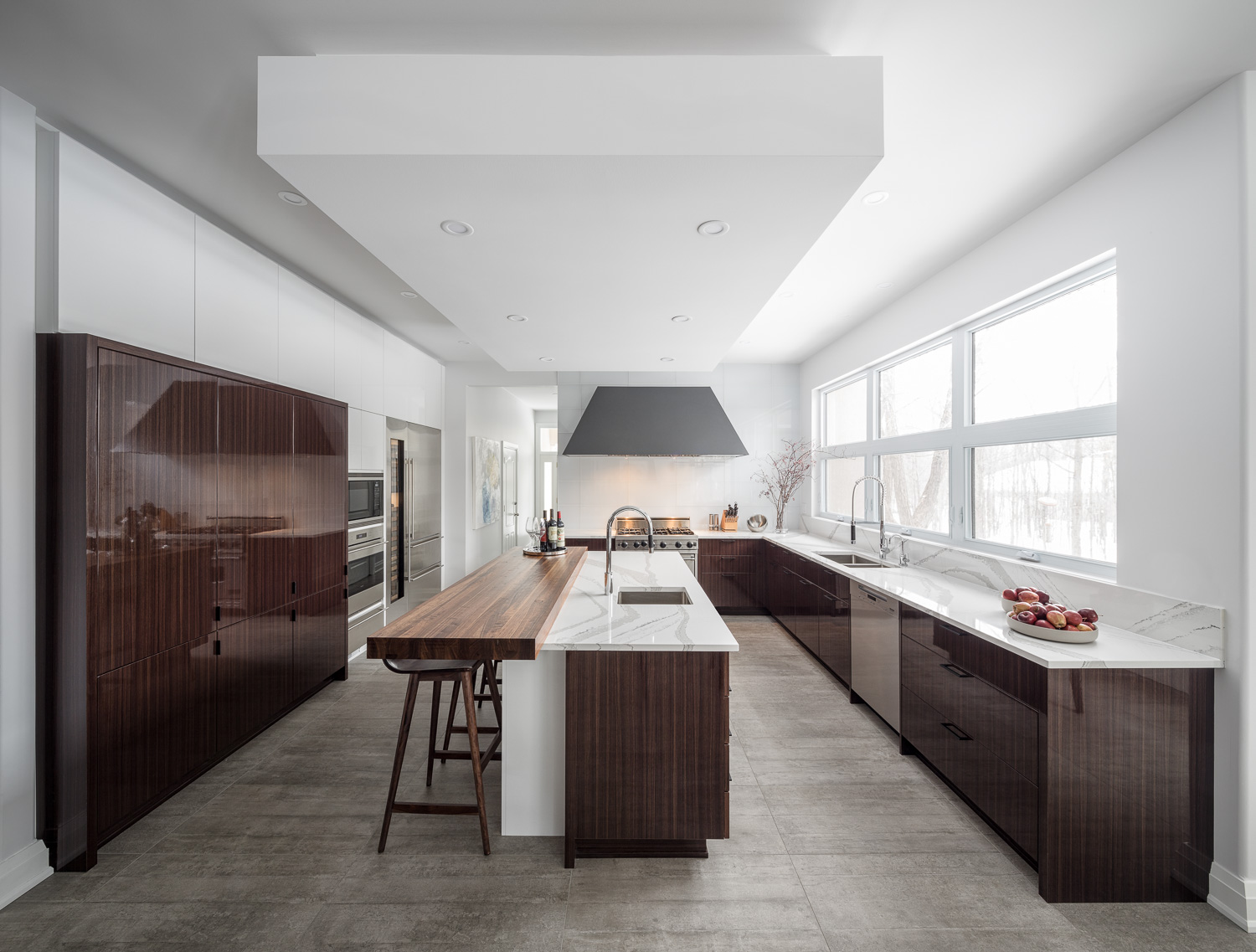
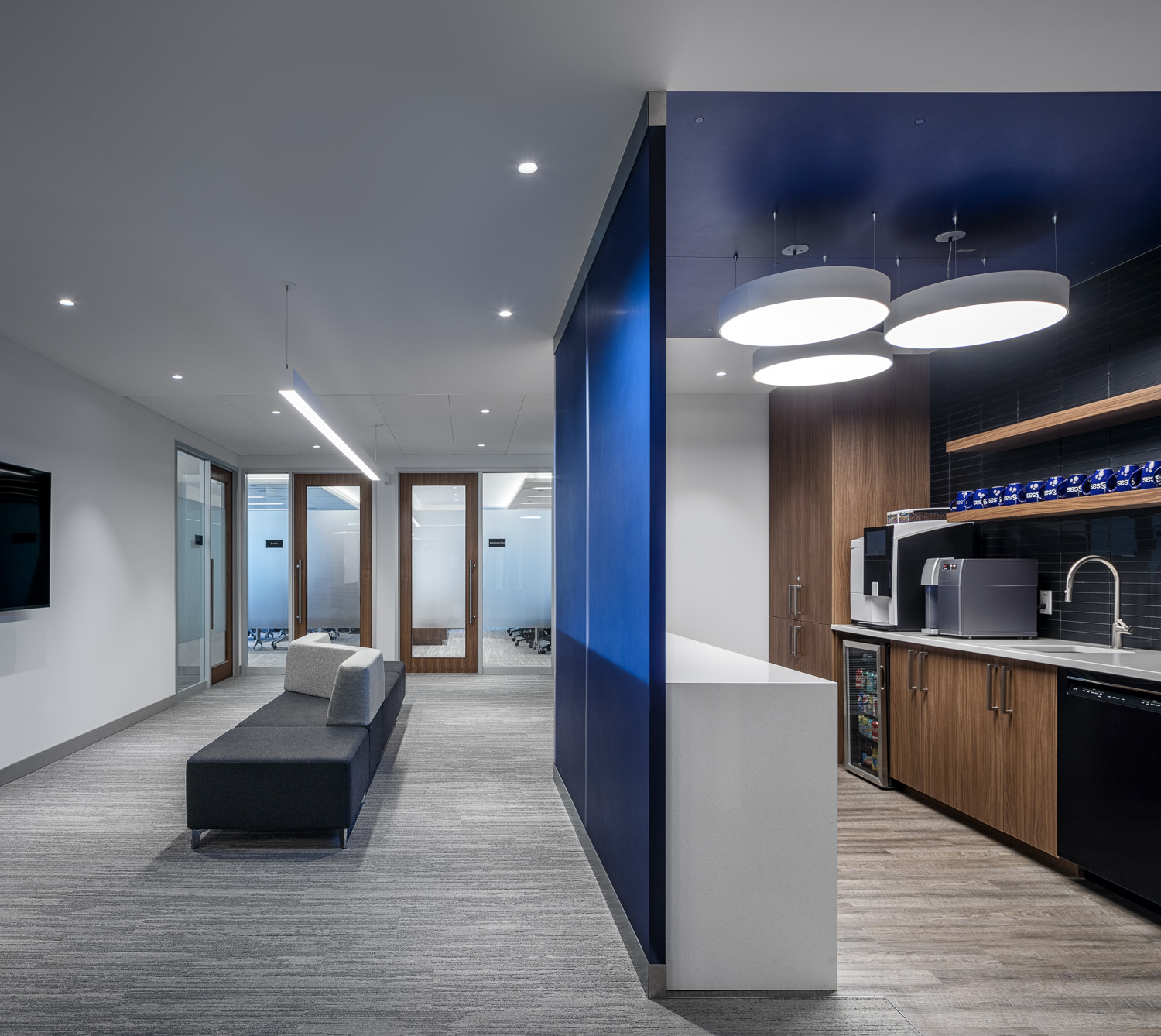
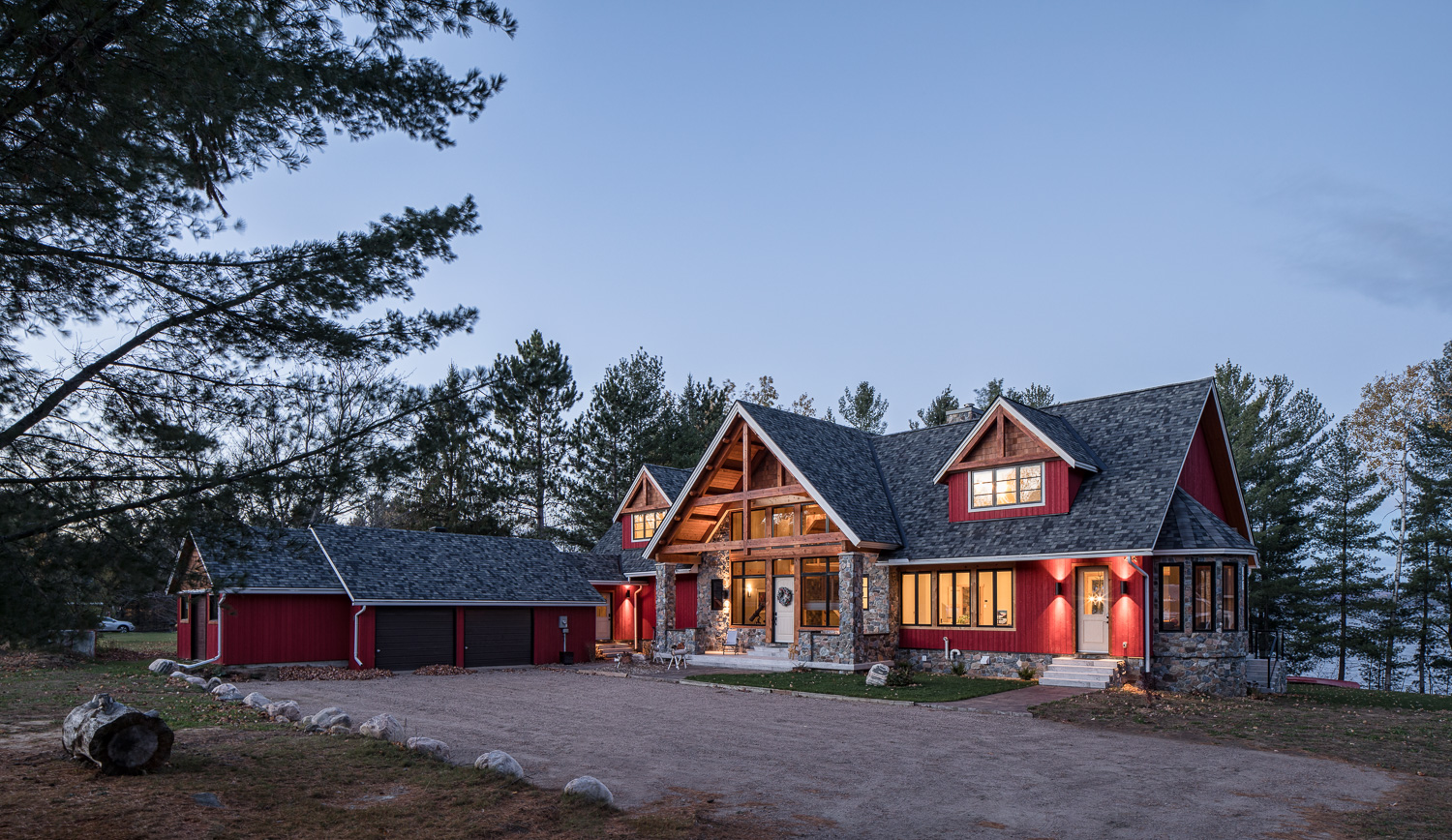
Gear
Starting out with a used 1DMKII (1.3 crop) and the Canon 17-40 f/4.0 L with an aluminum Manfrotto 190 tripod, I quickly started acquiring specialty gear to improve on technical issues had on location: Lighting gear, more stable tripods with better ballheads, and tilt-shift lenses. If nothing else, I won’t compromise on quality if I can avoid it, and I have no regrets on any of the more expensive items that I’ve purchased to help me achieve it (and yes, this is a dream kit that I’m extremely fortunate to have).
Here’s an essentials list for me now:
- Canon 5DMKIV, backup 5DMKIII with Really Right Stuff L-brackets
- Canon 17mm f/4.0 L TS-E
- Canon 24mm f/3.5 L TS-E
- Canon 50mm f/2.8 L TS-E Macro
- Canon Extender EF 1.4x III
- B+W Circular polarizers
- Really Right Stuff TVC-33 Carbon Fibre tripod
- Arca Swiss D4 geared tripod head
- 2x Elinchrom Quadra ELB400
- Elinchrom Ranger ELB1200
- Microsoft Surface Pro for tethered shooting (I’ve recently made the switch from Adobe Lightroom to Capture One 10)
- Tethertools AeroTab Universal Tablet System L4
- TetherTools USB 3.0 USB Right-Angle cable & Tetherboost Pro USB 3.0 Core Controller
- Another tripod that shall-not-be-named because it was cheaper, it’s broken twice, and I hate it
All of this lives in a ThinkTankPhoto Airport Takeoff, a Logistics Manager 30, and a Tenba 38” Rolling tripod Grip case (with stands and umbrellas).
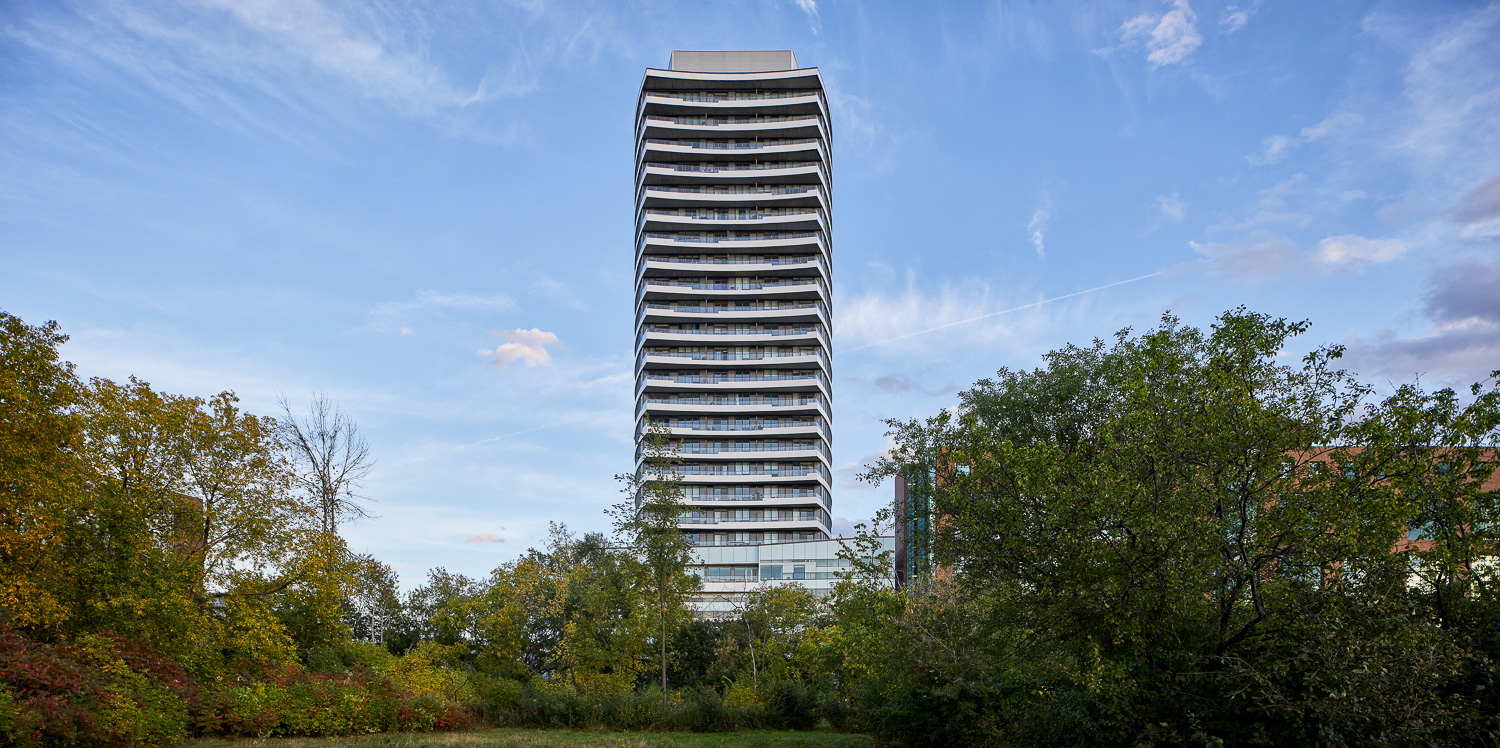
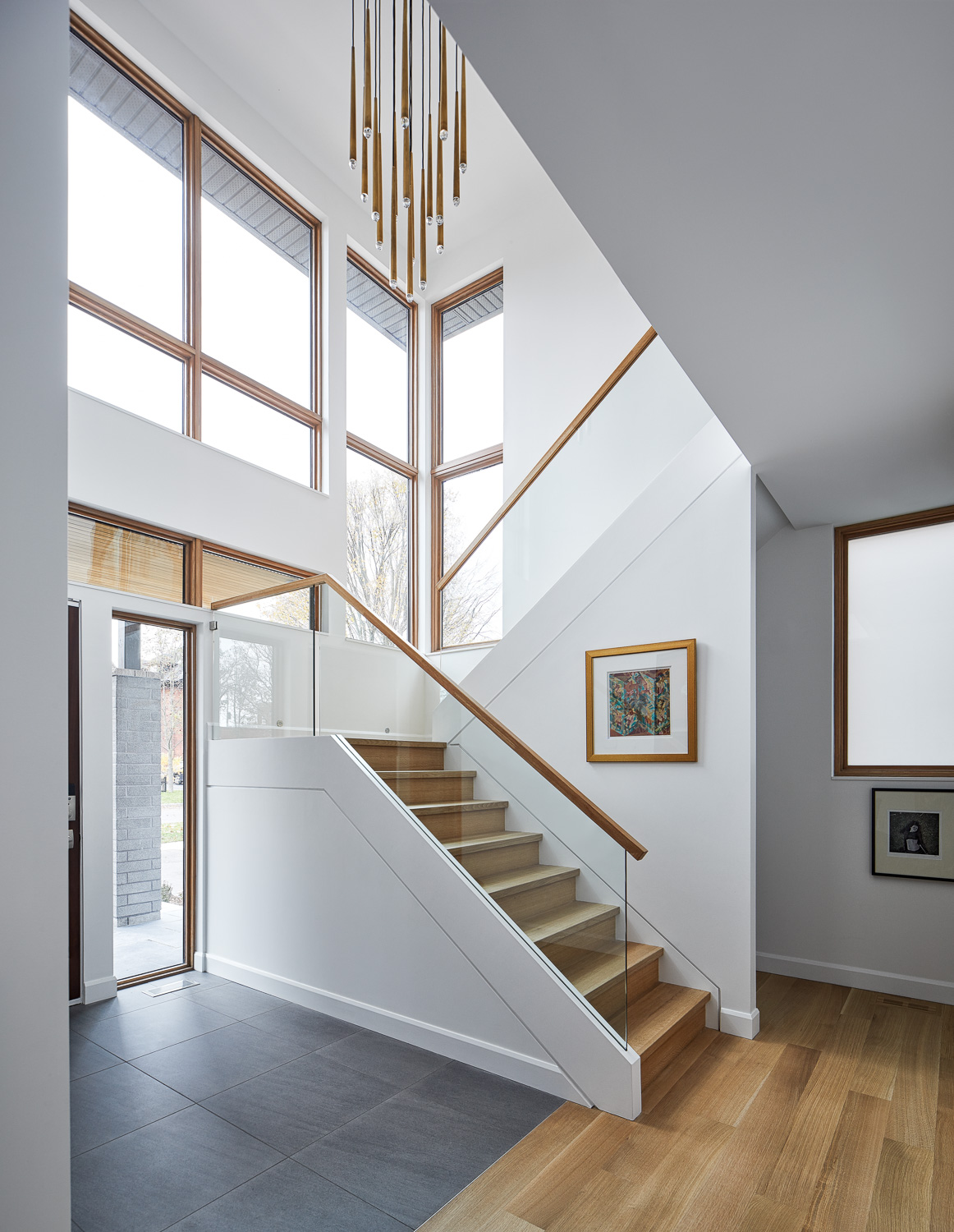
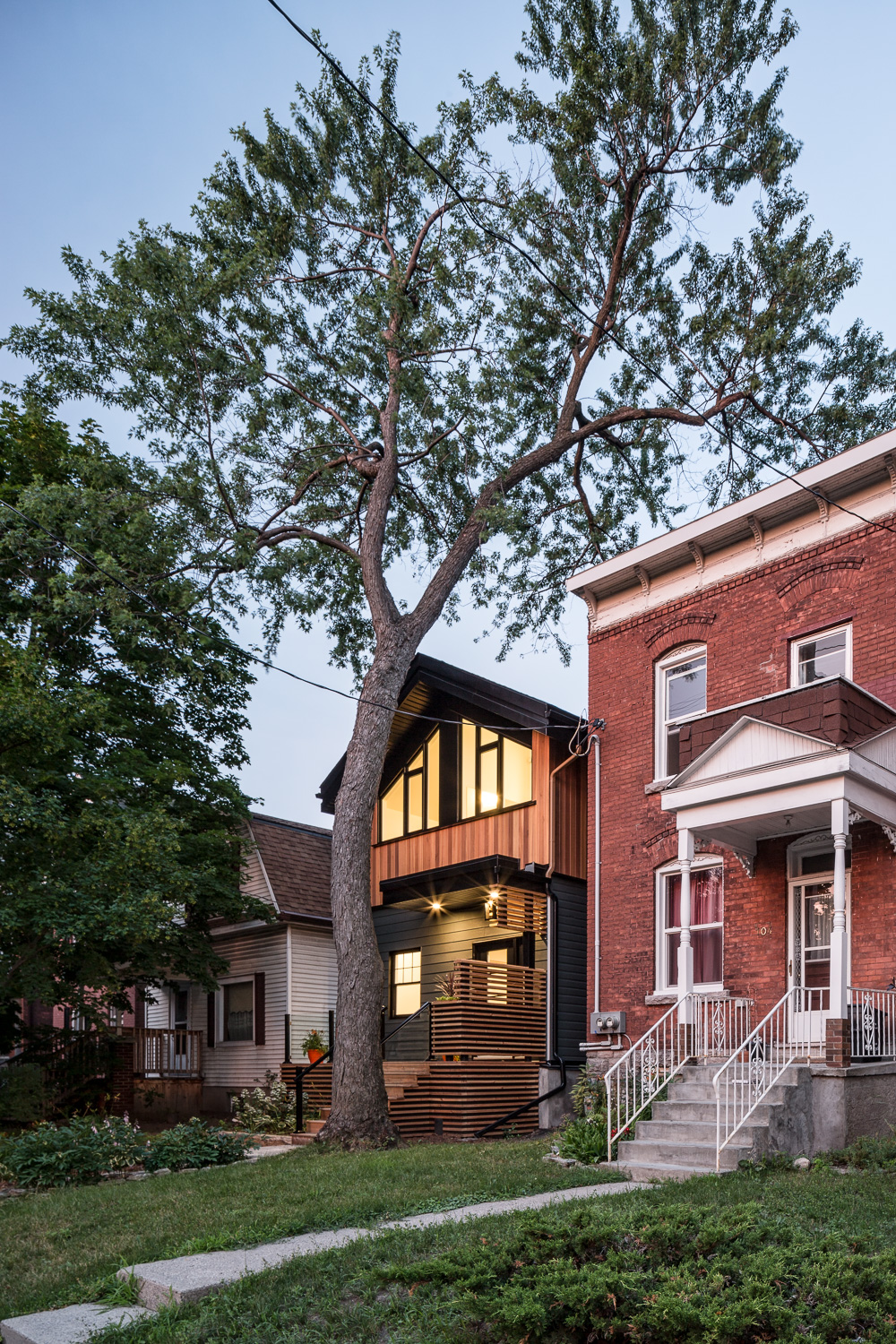
Today over half my business is architectural and interior photography, a far cry from the events and portraits that I started out with. I’ve refined my business into specific niches. I still photograph people, places, and people in places (I will always have a passion for environmental portraiture).
I provide photos that have value to my clients. They help them to sell: sell themselves, or their projects, and their businesses. I’ve grown with a few and we both get better work to show. Many of these projects have gone on to win awards for my clients.
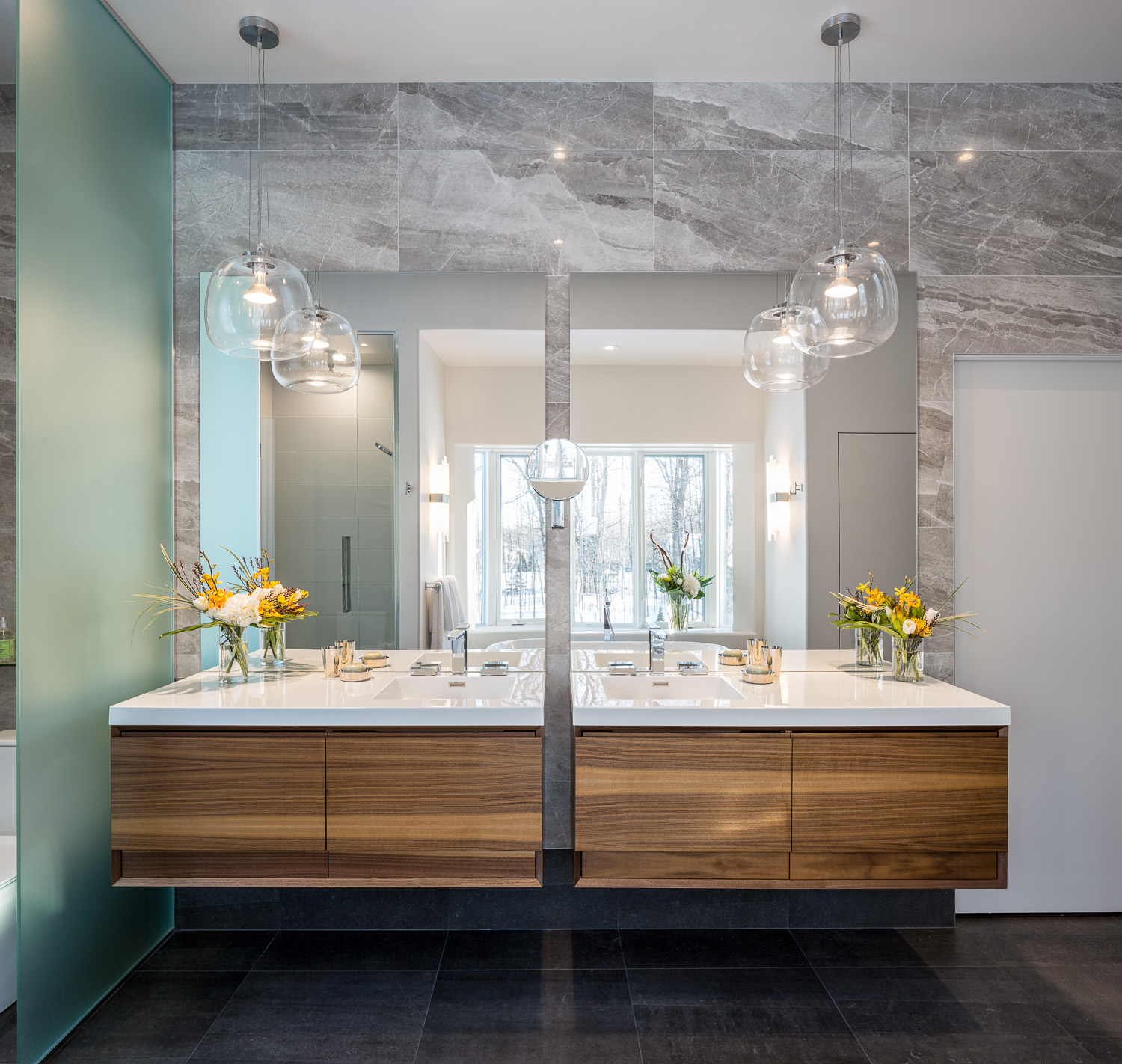

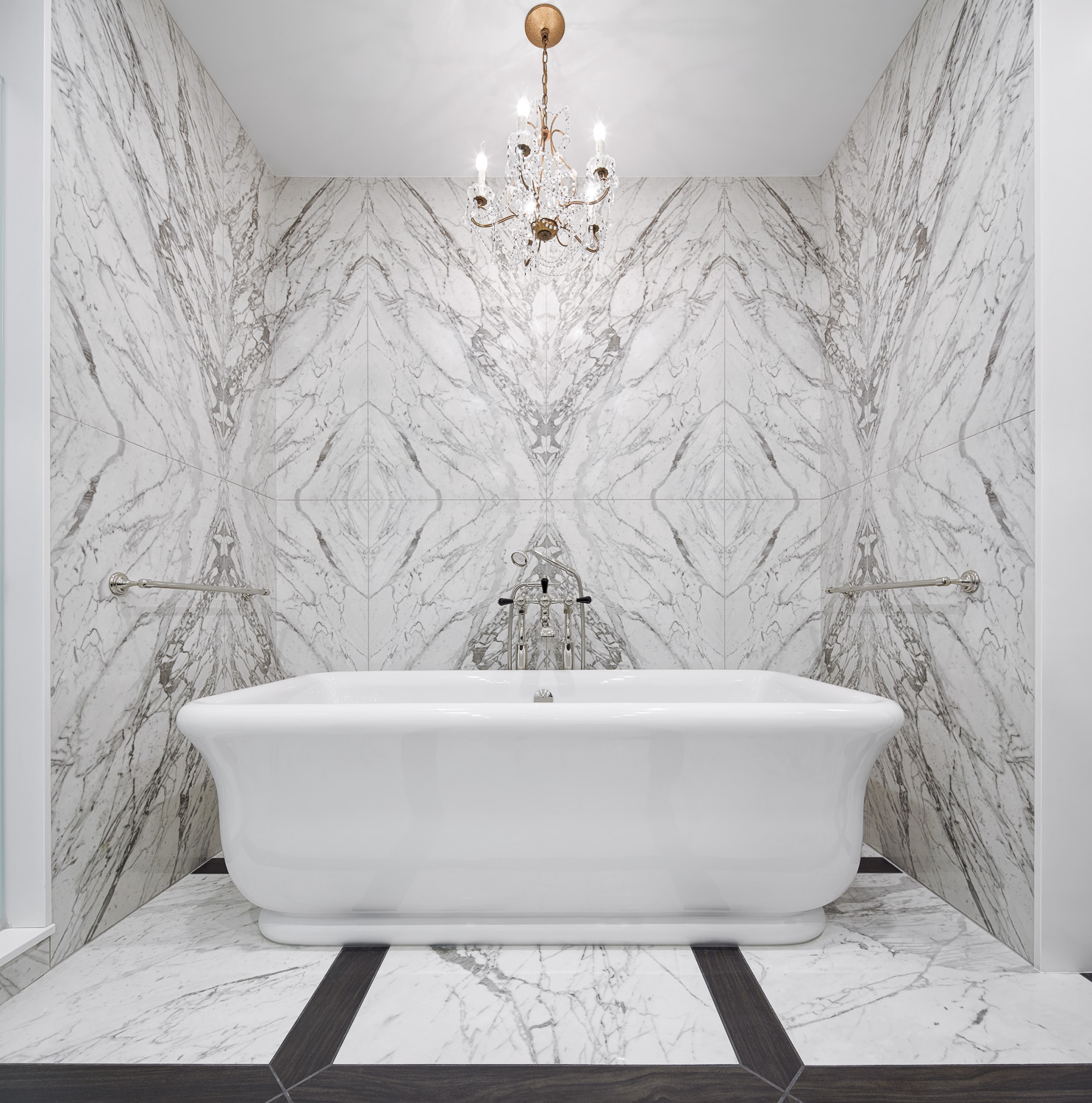
I admire photographers who have a singular vision and passion, and sometimes wish I had the same. But I’m also very fortunate and happy to be where I am and can support me and my family through photography, to be able to explore and grow and learn about myself too. At 36 I’m not the youngest person in my field, but I’m just as excited as anyone to see what will come next.
You can see more of Justin’s work at JVLPhoto.com, and follow him on Instagram, Facebook, LinkedIn, and Twitter.



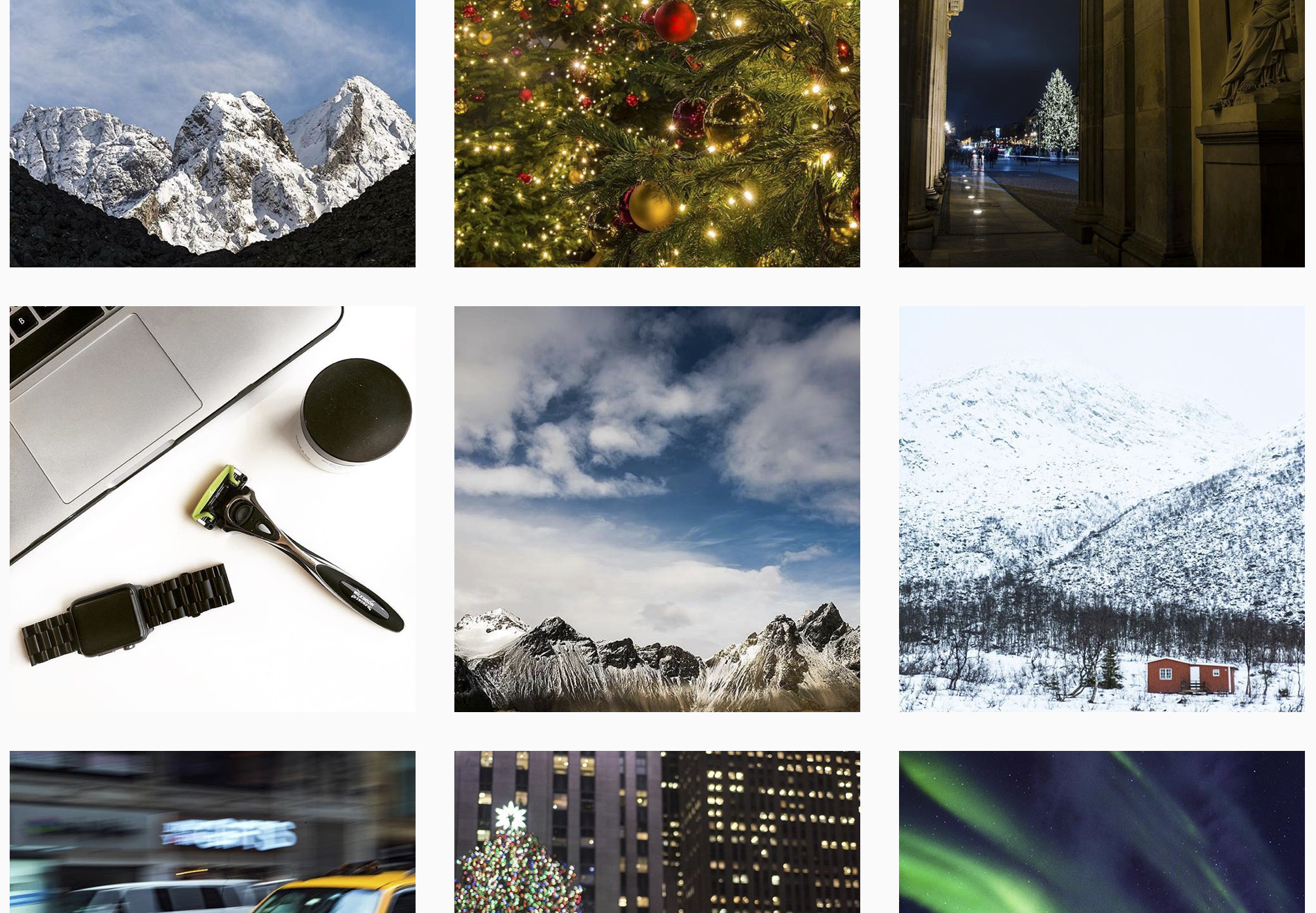
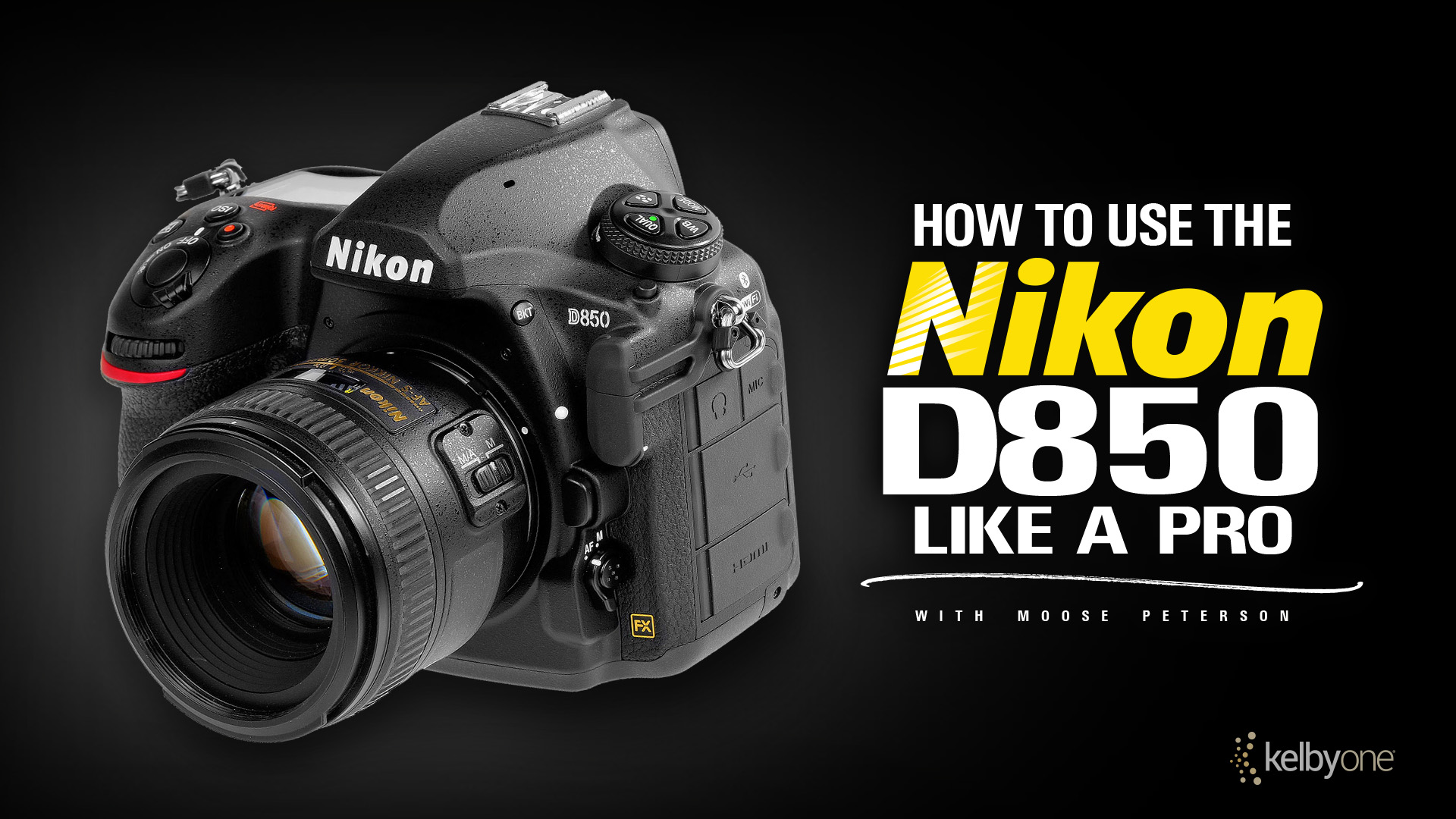
Justin – the shot of the mother and daughter moving showing life in a beautiful kitchen is my favourite of your images – all the images are beautiful and clean!
Thank you so much! I prefer people in my images. They give them a life, sense of scale and purpose. BUT a lot of the awards that my clients submit their images to have a no-people requirement. I suppose there’s a chance that those people could influence the blind judging? I dunno…
what are your guidelines for the height of the camera based on the distance from the subject? it seems with some of the closer shots, you’re just above table top level, whereas with shots from further back you’re a bit higher? – is that for a reason of just a better look for you?
It really depends on what I’m trying to show. Usually avoiding the ceiling is a good idea and hitting the table top at it’s “eye” level means you can show it without it becoming a large element in the frame. However in some images where there’s a large ceiling feature I have no choice but to get a bit higher up to get everything in frame (like the second kitchen photo); even when I’m stitching images together, a lot of these are tilt-shift panorama’s. I also can’t claim to be perfect, that third (darker kitchen) image could have probably been taken a BIT lower.
Those shots of interiors are great!.
I do same thing in Poland – architecture photography. Man, those are AWESOME
Nice work – really clean look. You really work that T/S well…